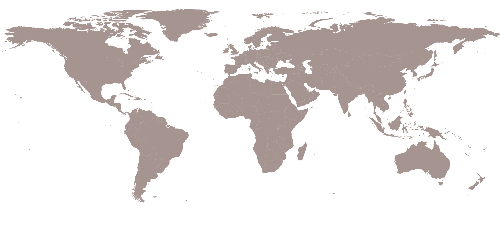Innovative infrastructure, rooted in place wins Next Generation prize

Second prize in the Holcim Foundation Awards 2011 Next Generation category for Asia Pacific was awarded to Indian student Mishkat Ahmed (University of California, Berkeley, USA) for a visionary approach to town planning in Navi Mumbai. The project introduces focus and context-sensitivity into large-scale urban development, offering a revitalisation strategy that integrates natural systems, existing communities, and cultural identity.






